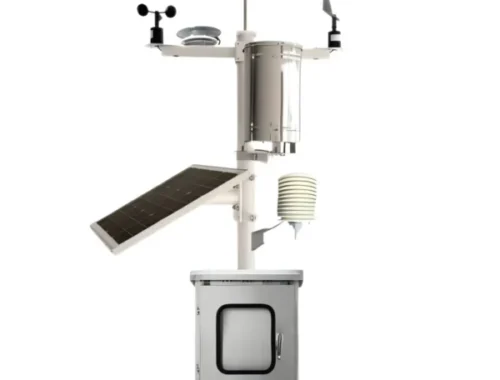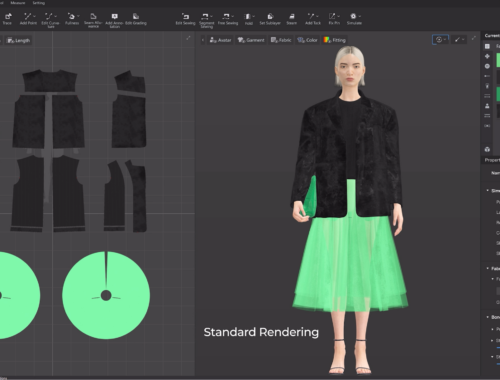Why aerobically fit people have better memories
To investigate why scientists used magnetic resonance elastography (MRE), a therapy that measures the firmness and elasticity of organs, to measure the firmness and elasticity of the hippocampus, a region of the brain associated with memory, of 51 adults.
This group consisted of 25 men and 26 women, aged 18-35. They measured the participants’ performance on a memory test as well as their aerobic fitness levels, and used MRE to measure the elasticity of the hippocampus.
They found that those with higher fitness levels also had more elastic tissue in the hippocampus and scored the best on memory tests. Given the many studies showing the association between hippocampal health and memory in seniors and children, which was based on the size of the hippocampus, the results strongly suggest that MRE is a method that reveals that there is also an association between the health of the hippocampus and memory in young adults.
“MRE is a technique that has been used in organs like the liver, where it can assess the tissue stiffness and offers a reliable, non-invasive method for diagnosing hepatic fibrosis,” explains Guoying Liu, Ph.D. Director of the NIBIB program on Magnetic Resonance Imaging. “This study now demonstrates the tremendous potential for MRE to provide new quantitative biomarkers for assessing brain health as it relates to physical fitness. This is particularly significant given the rise in dementia and Alzheimer’s disease occurring in the U.S. and worldwide.”
The work was based on well-established observations of atrophy and reduced size of the hippocampus in cognitively declining seniors and developmentally delayed children. Given that long-known phenomenon, the researchers were puzzled by the fact that in young adults there was a correlation between fitness and memory, but the size of the hippocampus was the same in both groups.
“Most of the work in this area has relied on changes in the size of the hippocampus as a measure of hippocampal health and function. However, in young adults, although we see an increase in memory in more aerobically fit individuals, we did not see differences in hippocampal size,” said lead author Dr. Aron K. Barbey. “Because size is a gross measure of the structural integrity of the hippocampus, we turned to MRE, which provides a more thorough and qualitative measure of changes associated with function — in this case memory.”
The investigators explained that MRE gives a better indication of the microstructure of the hippocampus — the structural integrity of the entire tissue. And it does this by basically “bouncing” the organ, very gently, and measuring how it responds.
The healthy hippocampus is like a firm pillow that quickly bounces back into shape after you press your finger into it as opposed to a mushy pillow that would retain your finger mark and not rebound to its original shape.


